Humans Are Being Warned By This Unlikely Climate Change Component
The Earth’s temperature is on the rise, and it’s not limited to just the atmosphere and oceans; the very soil beneath our feet is also warming. This escalating soil heat is leading to more extreme conditions globally, with potentially ominous consequences for all surface dwellers, including humans.
Underestimating The Issue's Severity
A recent study suggests that we have been underestimating the severity of this issue, as our focus has predominantly centered on the increase in air and water temperatures while overlooking the threat posed by soil heatwaves.

Source: Alamy
Soil Temperatures Don't Get As Much Attention
Soil temperatures, the researchers note, have received relatively limited attention in the broader scope of studies on human-induced climate change. This lack of emphasis can be attributed in part to the inherent complexities in measuring soil temperatures, making it challenging to gather a substantial body of reliable data compared to near-surface air temperatures.
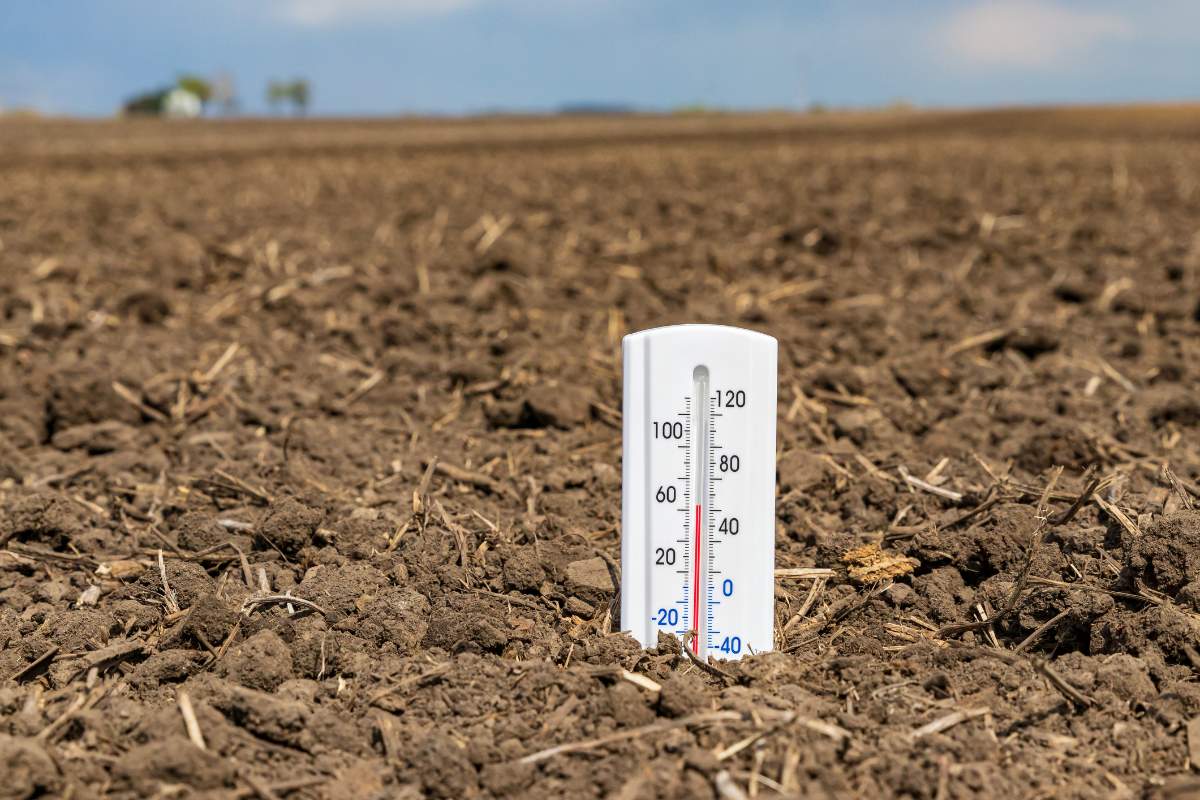
Source: Alamy
Collecting A Comprehensive Dataset
Nonetheless, in this fresh study, a team of researchers spanning Germany has compiled a comprehensive dataset of soil temperature information. Their sources include meteorological monitoring stations, remote-sensing satellites, the ERA5-Land data reanalysis set, and simulations derived from Earth-system models.
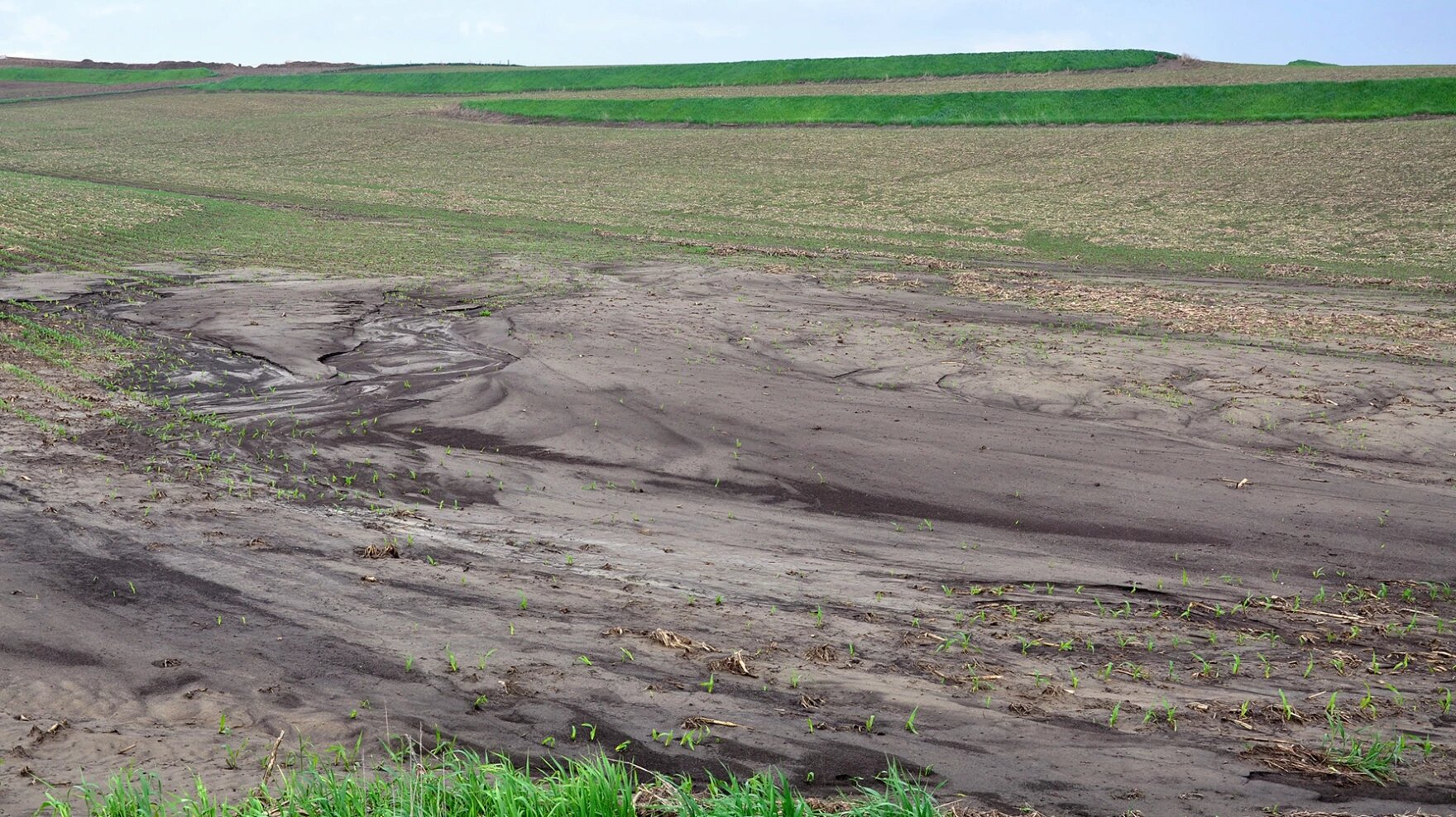
Source: nrcs.usda.gov
Gauging Heat Intensity
The team employed the TX7d index, designed to gauge the intensity of heat extremes by averaging daily maximum temperatures during the hottest week of the year.
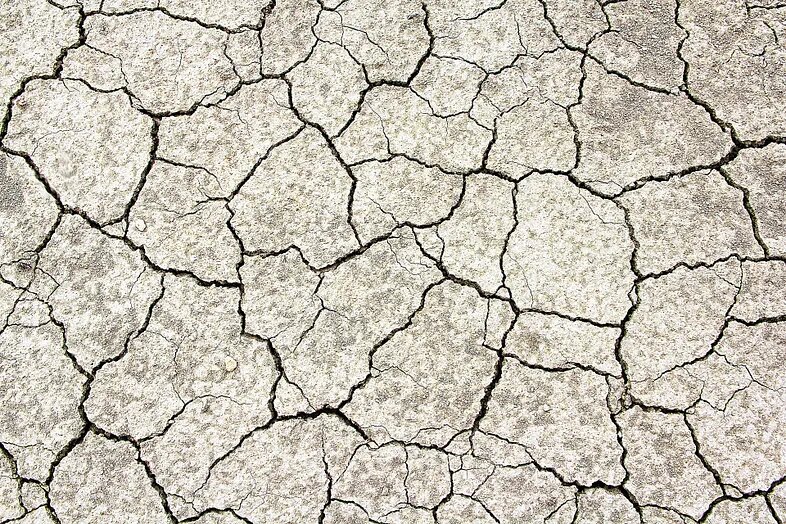
Source: pixabay
Weather Stations In Europe
They applied this index to the upper 10 centimeters (3.9 inches) of soil and the air within 2 meters (6.5 feet) above the surface at 118 weather stations scattered across Europe. To do this, they utilized temperature data spanning from 1996 to 2021, resulting in 160 pairs of air and soil measurements.
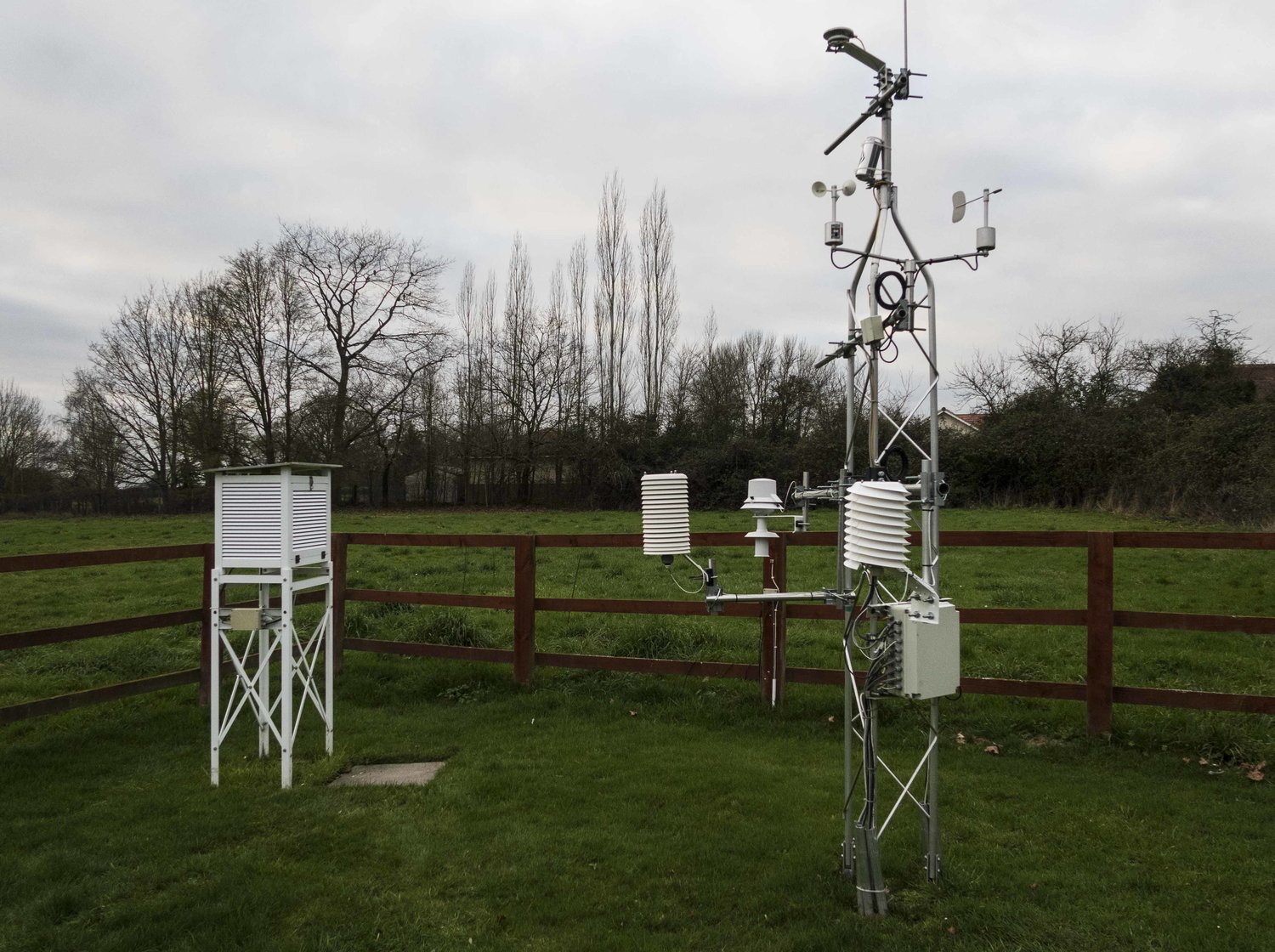
Source: BARANI DESIGN Technologies
Soil Vs. Air Heat Extremes
At approximately two-thirds of these locations, the researchers identified a more pronounced trend in heat extremes within the soil compared to the air above it. This indicates that heat extremes manifest more rapidly in the soil, as emphasized by study co-author Almudena García-García, a remote-sensing researcher at the Helmholtz Centre for Environmental Research (UFZ).

Source: Alamy
Shedding Light On European Heat Extremes
The study brought to light regional disparities in this phenomenon throughout Europe, notably in Central Europe, encompassing countries such as Germany, Italy, and southern France, where heat extremes are escalating more rapidly.
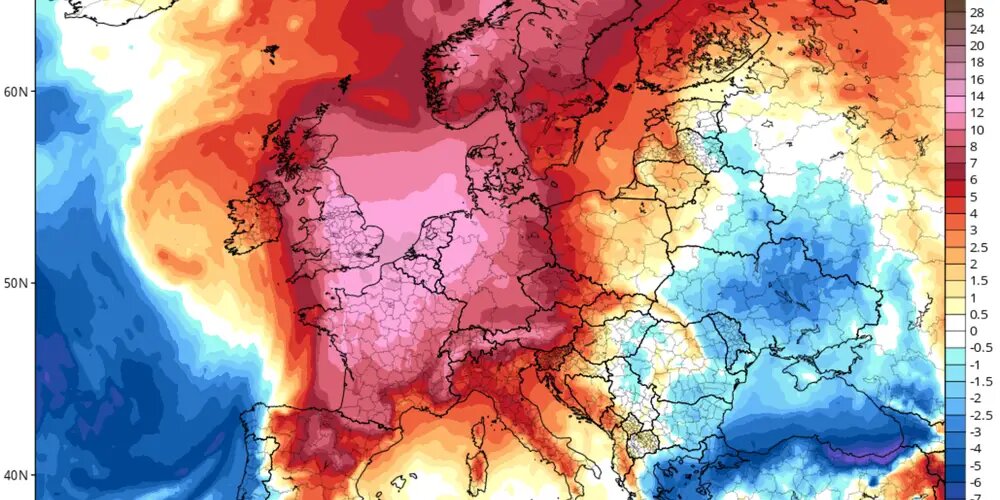
Source: TropicalTidbits.com
Heat Extremes In Soil Are Increasing Rapidly
In these regions, the study reveals that the intensity of heat extremes in the soil is increasing at a rate 0.7 degrees Celsius per decade faster than in the near-surface air.

Source: DepositPhotos
Taking Into Account Frequency And Intensity
The researchers delved into both the frequency and intensity of soil heat extremes, utilizing an alternative index, TX90p. This index takes into account the percentage of days per month when the daily maximum temperature surpasses a specific statistical threshold.

Source: carboncapturecoalition.org
The Soil Temperature In Comparison To The Air
They discovered that the frequency of days experiencing heat extremes is rising at twice the rate in the soil compared to the air. To illustrate, García-García explains, “For example, if there are currently high temperatures in the soil and air on 10 percent of the days in a month, a decade later, there will be high temperatures in the air on 15 percent of the days and high temperatures in the soil on 20 percent.”
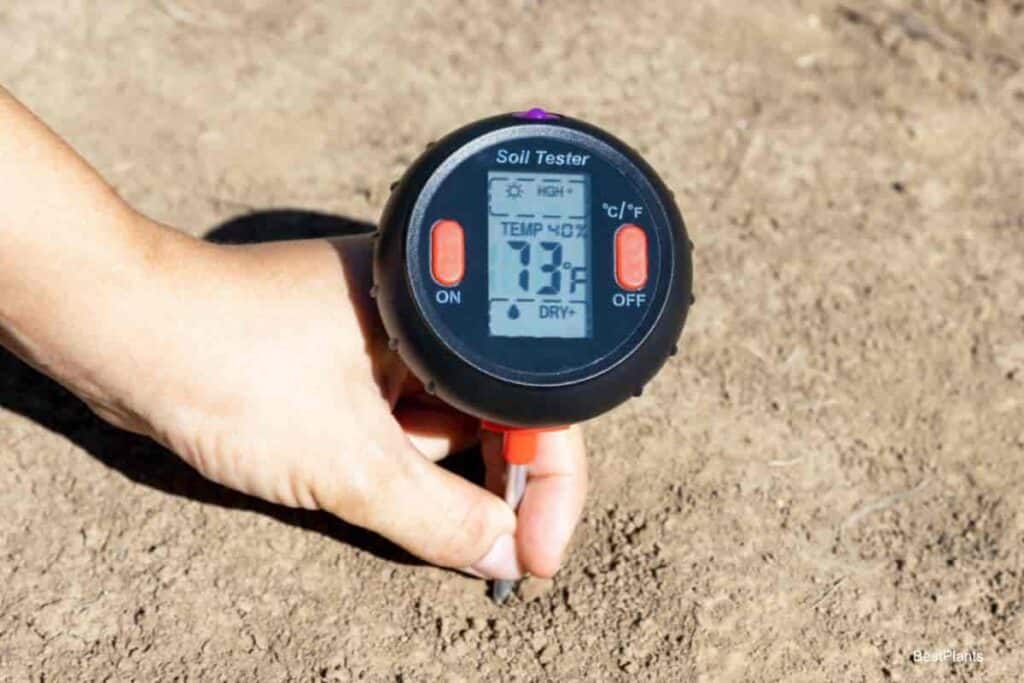
Source: Alamy
Soil Moisture
This disparity primarily stems from soil moisture, as the researchers elucidate, emphasizing its pivotal role in influencing heat exchange between the soil and the atmosphere.

Source: freepik
Human Activity Could Worsen The Issue
Moreover, soil moisture is profoundly contingent on land cover, suggesting that human land-use practices could exacerbate the situation. For instance, in forested areas, tree cover serves to diminish soil moisture loss through evaporation, while tree roots can access water from deeper soil layers. Conversely, in open habitats like grasslands or agricultural fields, plants may only have access to shallow soil moisture.
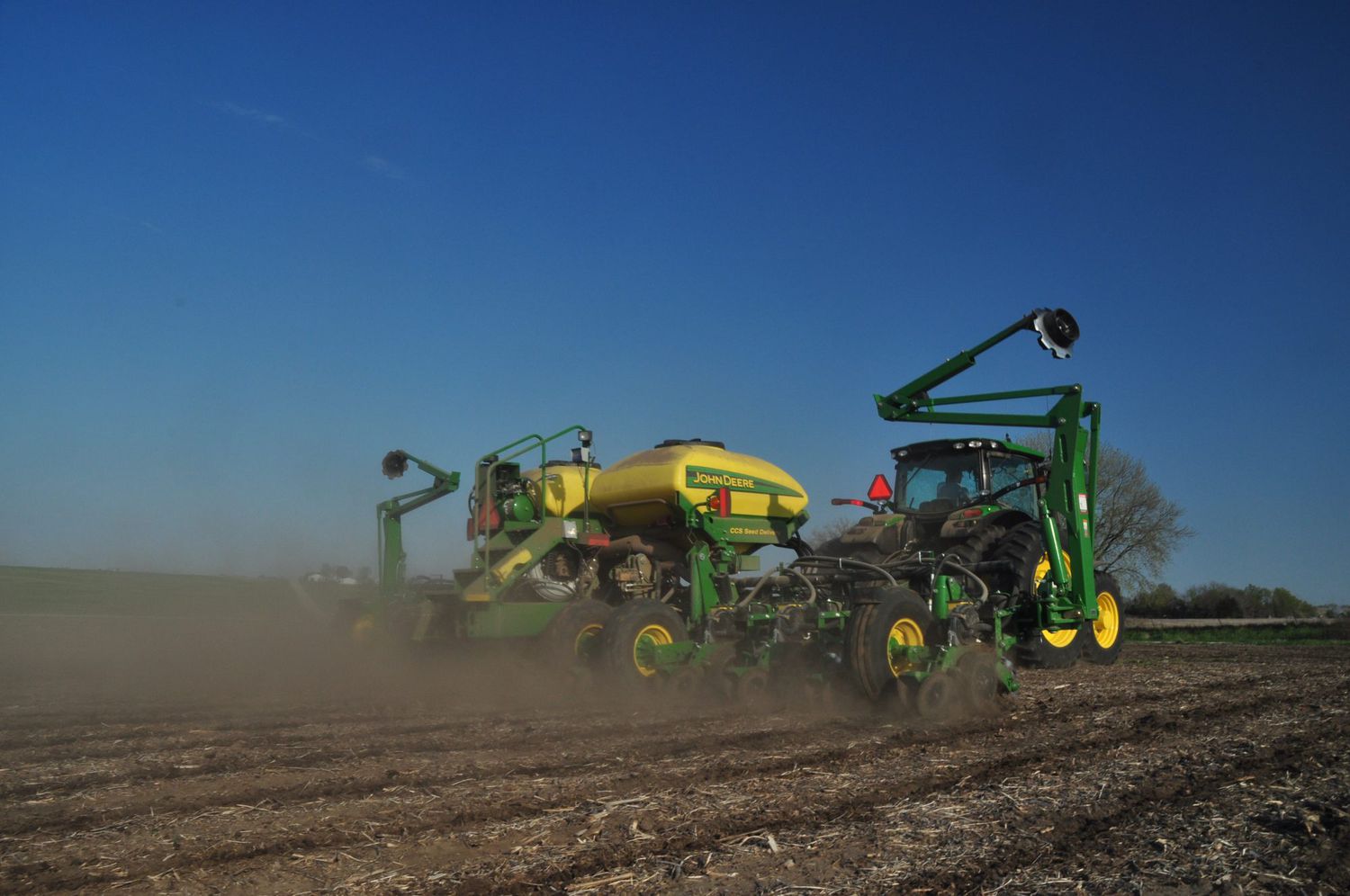
Source: agriculture.com
Intensifying Atmospheric Warming
The potential for soil heat extremes to surpass air heat extremes carries significant implications, extending beyond the impact on soil-dwelling microorganisms and the larger ecosystems reliant on them.
As the researchers emphasize, when soil temperatures exceed those of the air above the surface, it can lead to the release of additional heat into the lower atmosphere, along with an added influx of carbon. This, in turn, could intensify atmospheric warming.
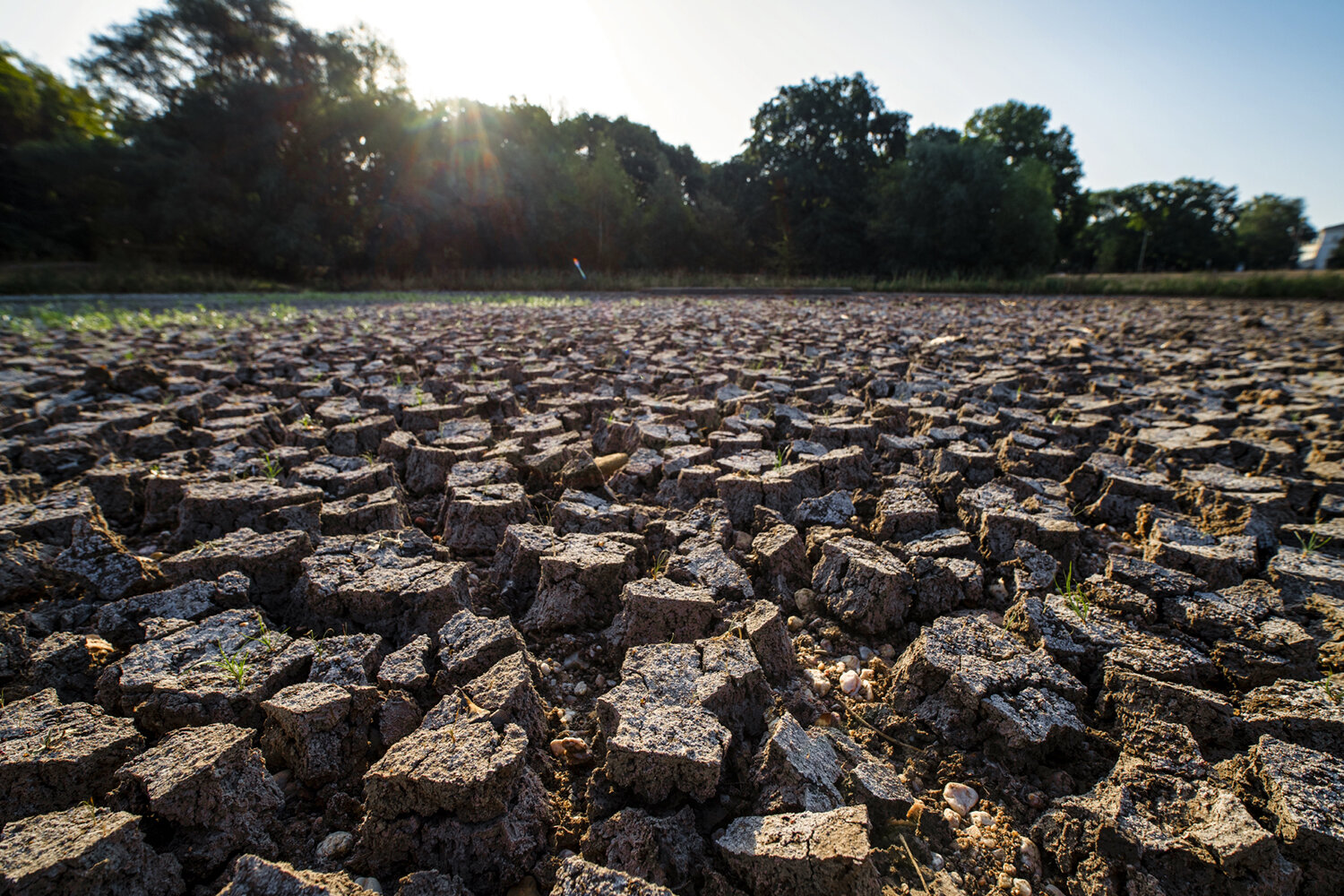
Source: André Künzelmann / UFZ
Soil Factors Increase Heat In Specific Regions
Jian Peng, co-author and head of the UFZ Remote Sensing Department, underscores this dynamic, stating,”Soil temperature acts as a factor in the feedback between soil moisture and temperature, and can thus intensify heat periods in certain regions.”
He concludes, “In view of these results, studies on the effects of heat extremes, which consider mainly air temperatures but have underestimated the factor of heat extremes in the soil, would have to be re-evaluated.”
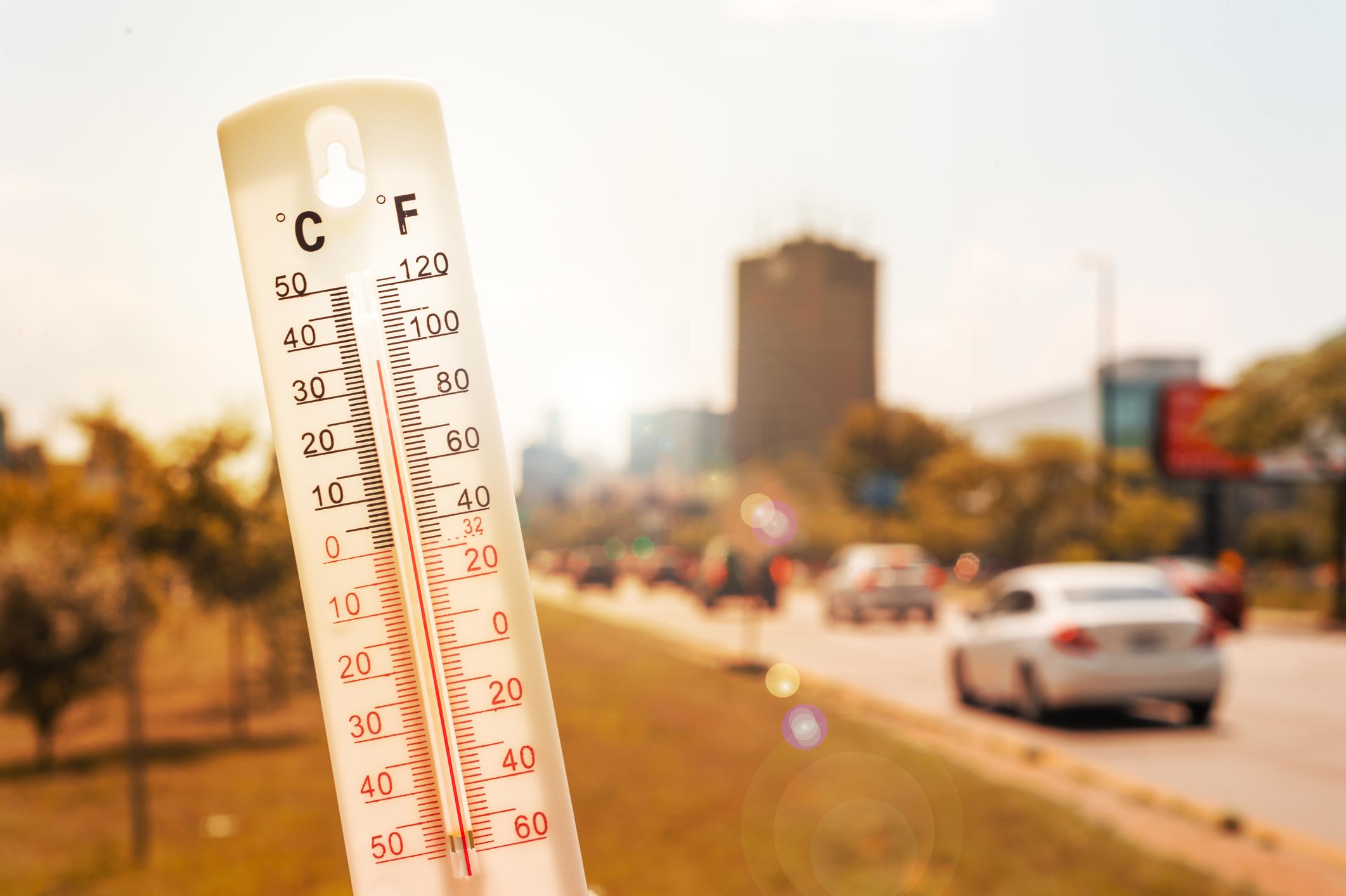
Source: Alamy
